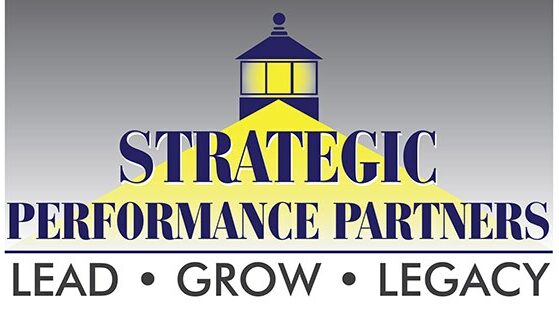Most things are cyclic, including the job market. During COVID-19, unemployment is high. However, some businesses can’t find enough qualified help even in this job market. Many could gain by using a transparent interview process.
The bottom line is unemployment figures will change. They will go from famine to feast and back again. Regardless, conducting a transparent interview will put your organization in the position to hire and retain the best employment candidates.
One of the questions I ask businesses, before consulting with them, is what their most significant obstacles to growth are. Often, I hear low and inconsistent workforce. My next question is why. Is it the lack of applicants, poor recruiting skills, or high turnover?
When its high turnover, I ask to review and observe the hiring process because turnover often begins in the interview. I want to know if they conduct a transparent interview or withhold pertinent job-related information. I’ll share a couple of examples.
Why conduct a transparent interview process?
A company I worked with used canvassers who knocked doors, talked to prospects, left door hangers, and set leads. They shared the position’s positives during the interview, such as good pay, healthy bonuses, benefits, a growing company with room to advance, a fun and fair culture. However, the job is “sold” to the applicants. It’s not a transparent interview.
When the reality of hiking through six inches of snow on a cold Indiana morning, doors slammed in faces, and the possibility of little or no bonus for the first month or two sets in — new hires leave. And not only do they quit, but they feel as if they’ve been misled and seldom say anything good about the operation, which is not good for the company’s reputation.
The cost of hiring the wrong people
While talking with a landscaping firm’s leadership, they shared one of their concerns was high turnover. I asked what their hiring system was, and they said that because of the constant and immediate need for personnel, they hired anyone with a driver’s license. This method creates a vicious cycle of turnover, and leaders don’t always consider the true cost of turnover. It can be expensive.
“Employee Benefits News reported in 2017 that turnover can cost employers 33 percent of an employee’s annual salary. The culprit? The hiring of a replacement. To put a dollar amount on it, if the employee earned a median salary of $45,000 a year, this would cost the company $15,000 per person — on top of the annual $45,000.” — Forbes — The Cost Of Turnover Can Kill Your Business And Make Things Less Fun
What can you do about it?
As I said, turnover begins in the interview. An interview is an information-sharing device used to help the candidate and the business determine whether the position and culture are a good fit. Yes, share the benefits of the position, income, 401K, bonuses, and chance for advancement, but share the pitfalls as well. I’ve found there is no perfect job. Have you come to the same conclusion? My position, working from home freelance, comes close, but it’s not perfect. There are obstacles and challenges with every job at every company.
If your goal is to hire a good fit that has the potential of staying with your firm, how can that be achieved without sharing the downside? It can’t, and yet it’s been my observation that the majority of businesses do not include the reality of the job in the interview.
The company I mentioned earlier with high turnover among canvassers could reduce the turnover by telling it like it is. For example:
- We walk in all kinds of weather, so if you’re not an outdoorsy person, you might want to consider if this position is a good fit.
- Some people become upset when you knock on their door; a few even yell at you. So, it would help if you were thick-skinned.
- Our top canvassers’ make great bonuses. However, most of them didn’t do it right from the start. It may take a month or longer before you hit a bonus.
What is a transparent interview process?
When a company is transparent during the interview, it sets the tone for employment. In the example above, there are several positive outcomes.
- A transparent interview eliminates candidates who don’t fit the position before investing time and energy in the wrong person.
- It allows management to concentrate on helping new hires with a higher likelihood of succeeding.
- It saves money! (see above)
- Candidates appreciate and respect a business for sharing the truth and think more highly of the organization.
How to reduce turnover
If you want to reduce turnover, it begins in the interview. One time I was sharing the pitfalls of a production position, which was standing on your feet eight or more hours a day while completing repetitious tasks. I brought a candidate, who was in high heels and a dress to the production area to let her observe the work. She jumped in and tried it.
In the meantime, I got called away and lost track of time. More than an hour later, she was still working. I apologized and then said, “You’re hired!” That was more than six years ago – she’s still with the firm. She understood the pitfalls.
If you’re uncertain as to the pitfalls of a particular position, ask those in the department who know, but share them with candidates, and you’ll hire folks who fit better and appreciate you and the job more.
Many times sales interviews produce bad results for both business and candidates. A transparent interview process may take more time when dealing with sales professionals. It’s worth the effort if you want to build a winning team.
Sales professionals make a living based on their ability to influence and sell others. You might find this additional blog helpful when hiring sales professionals for your team Four Questions to Hiring Better Sales Professionals.
Tripp returns next week. See you then!

